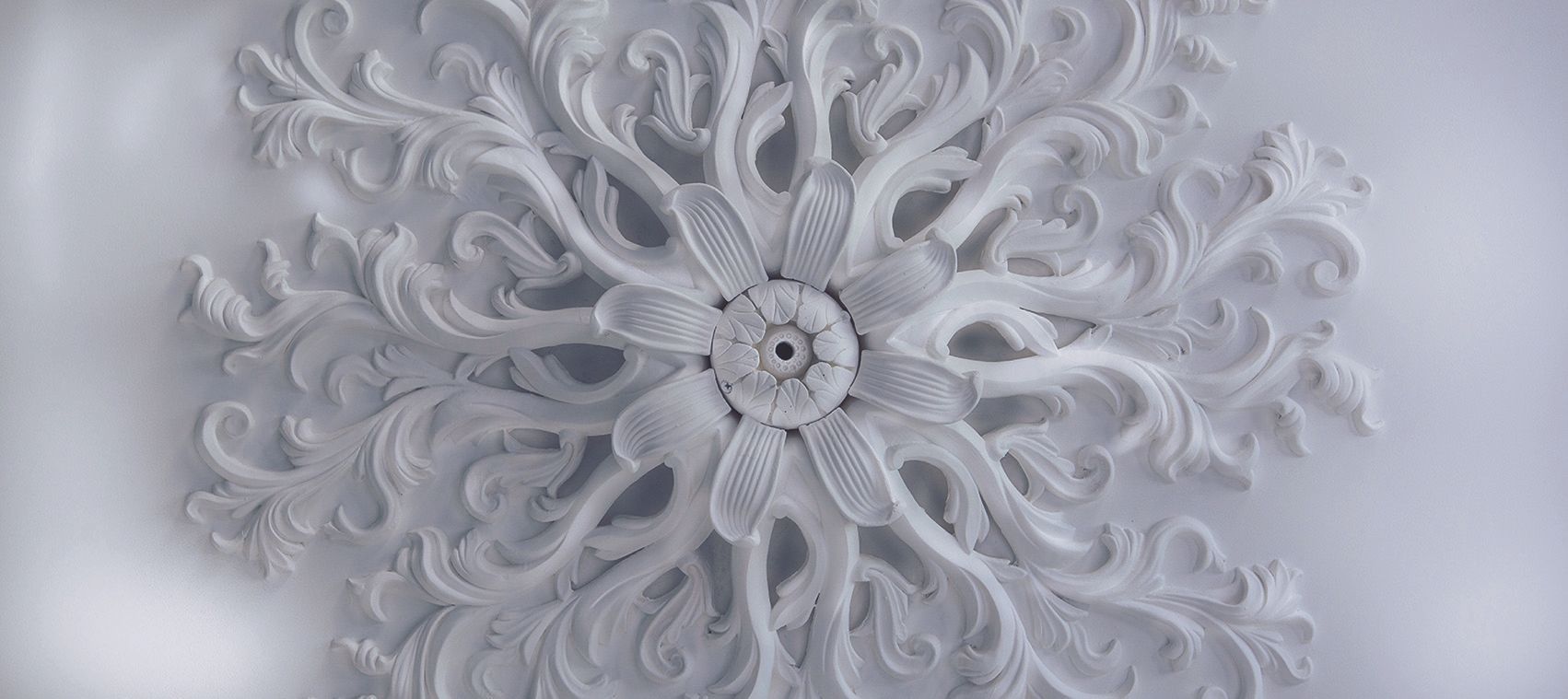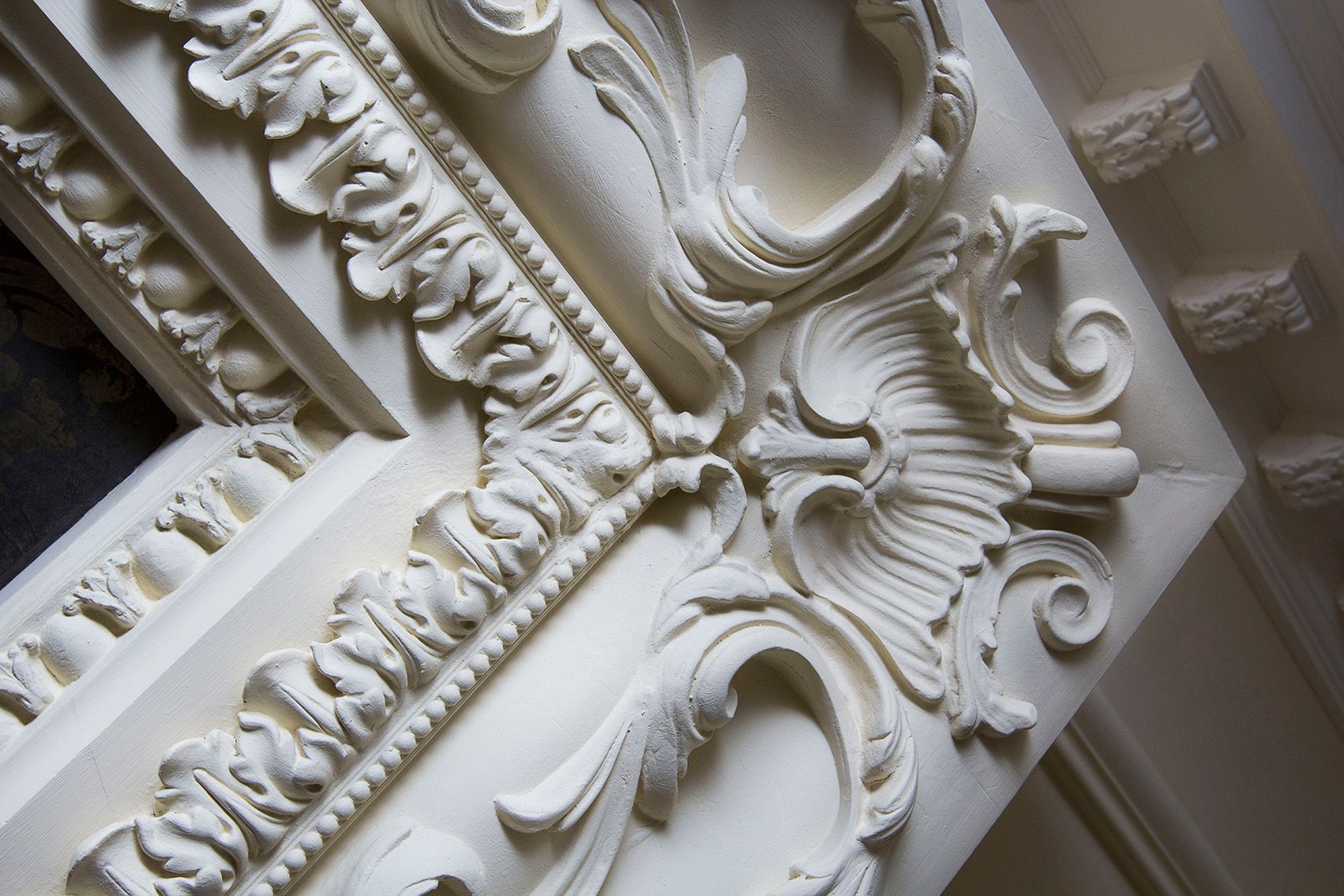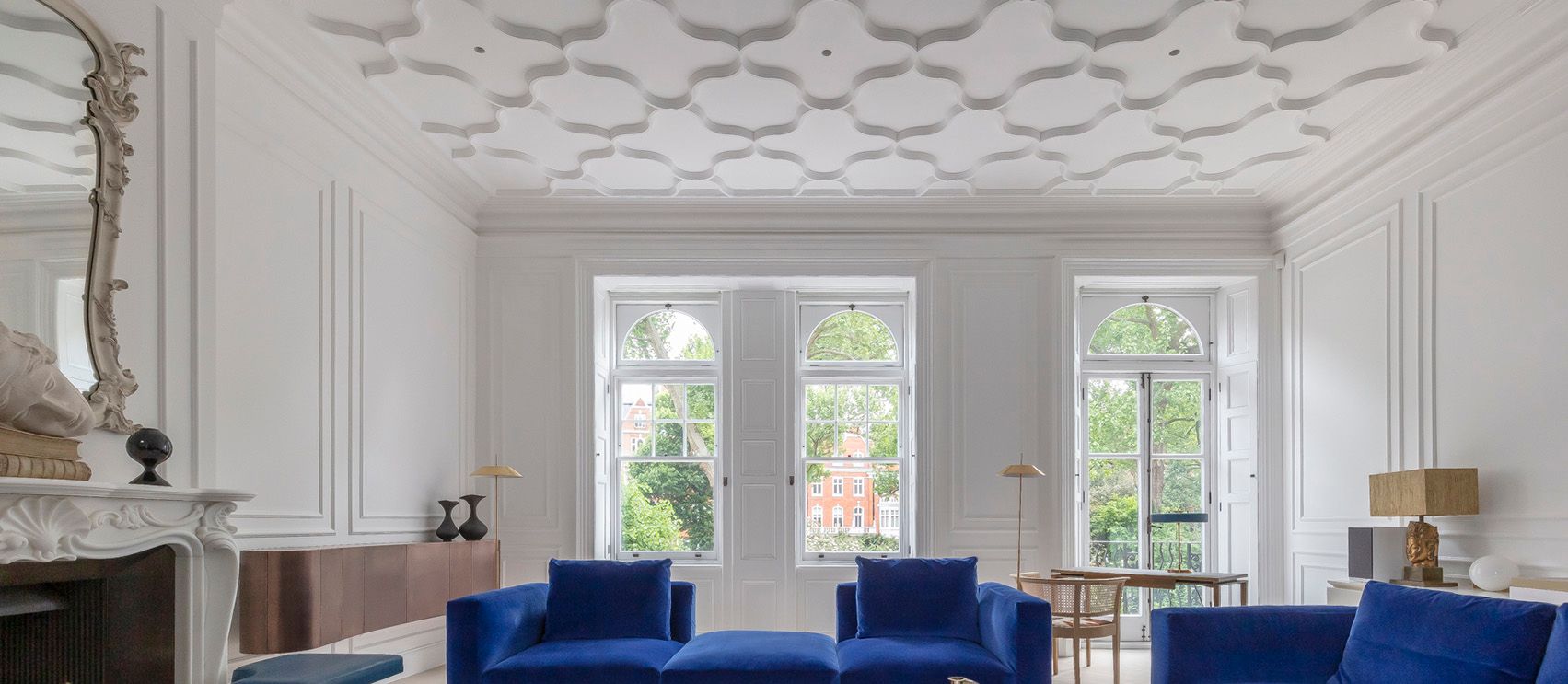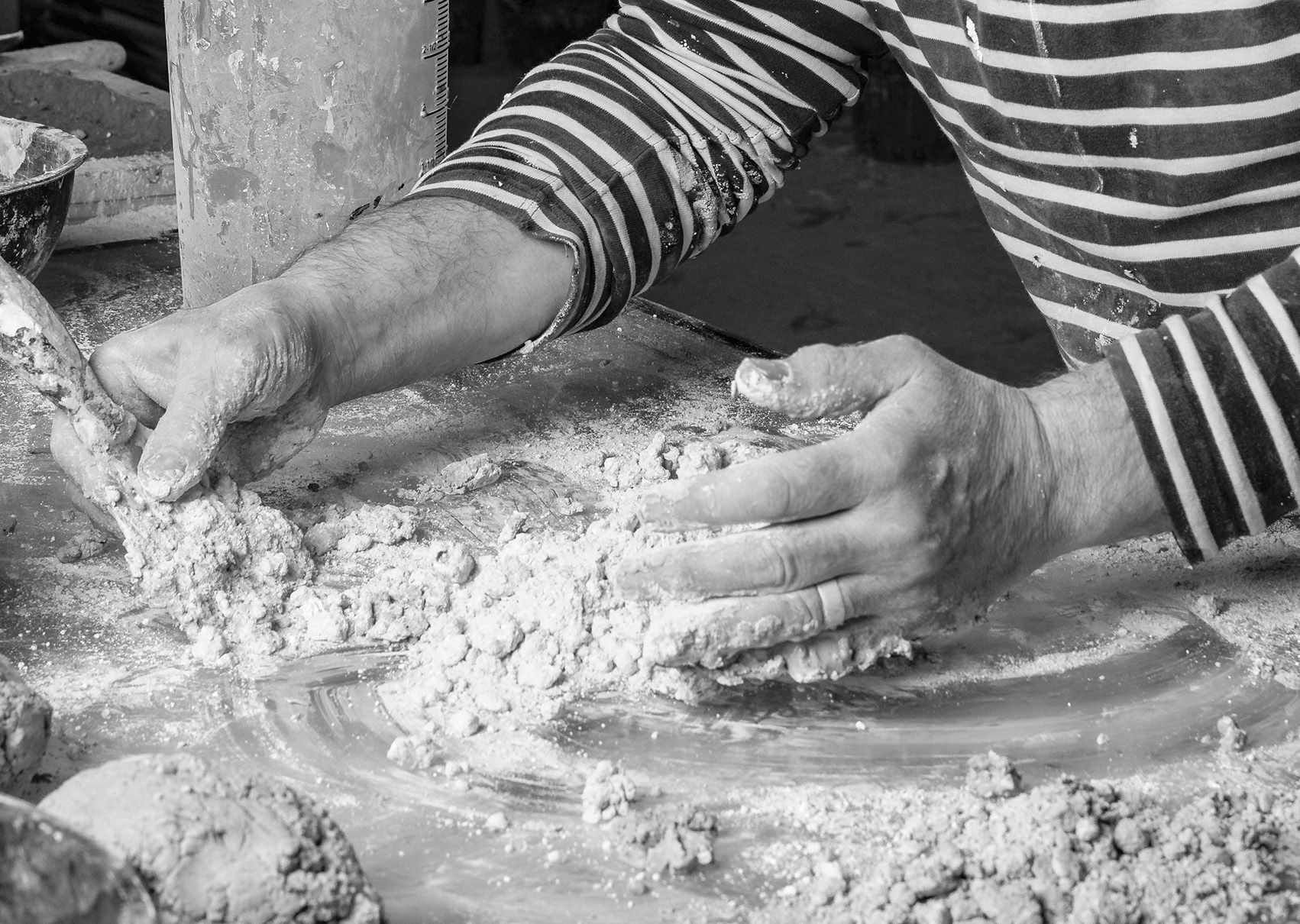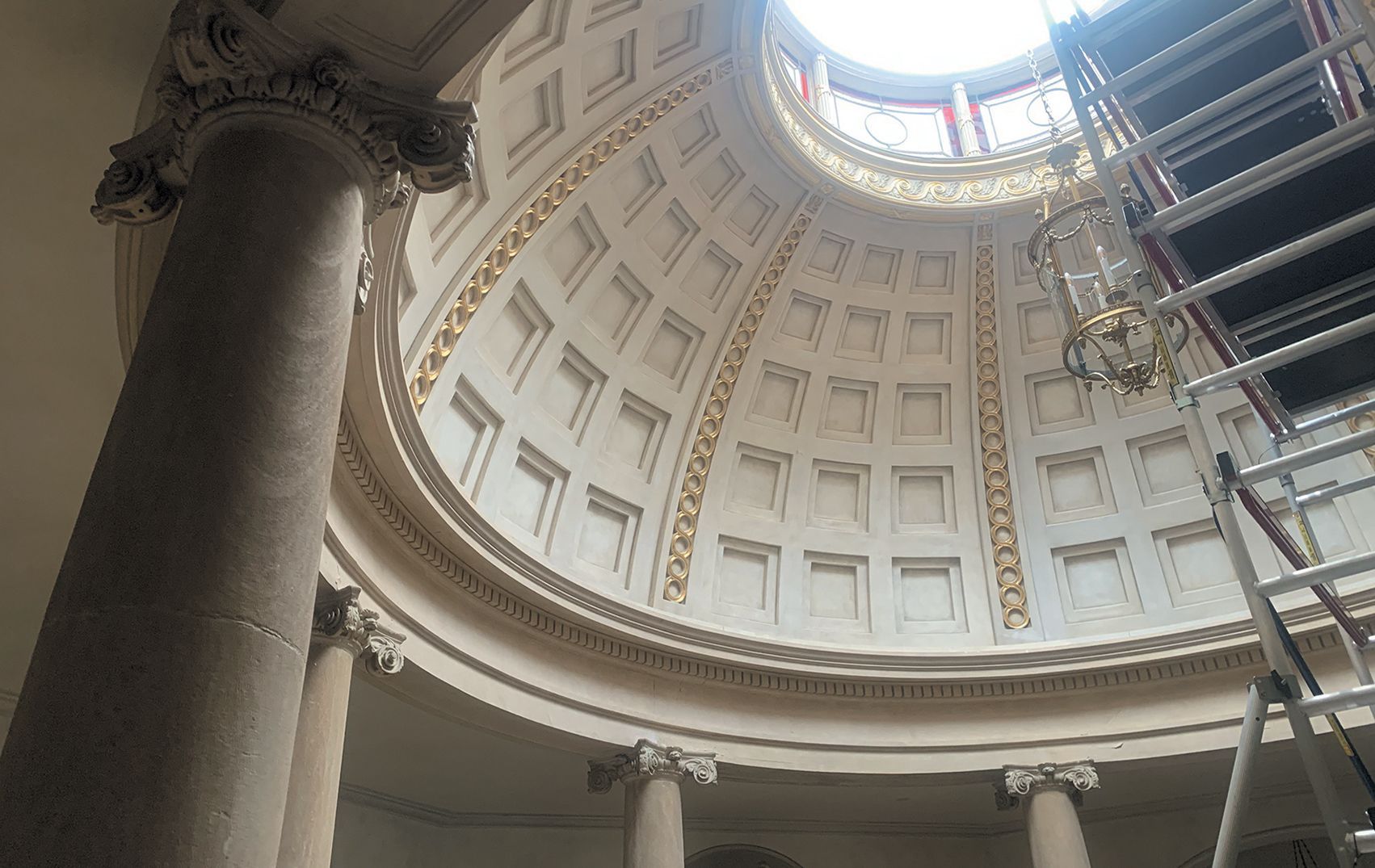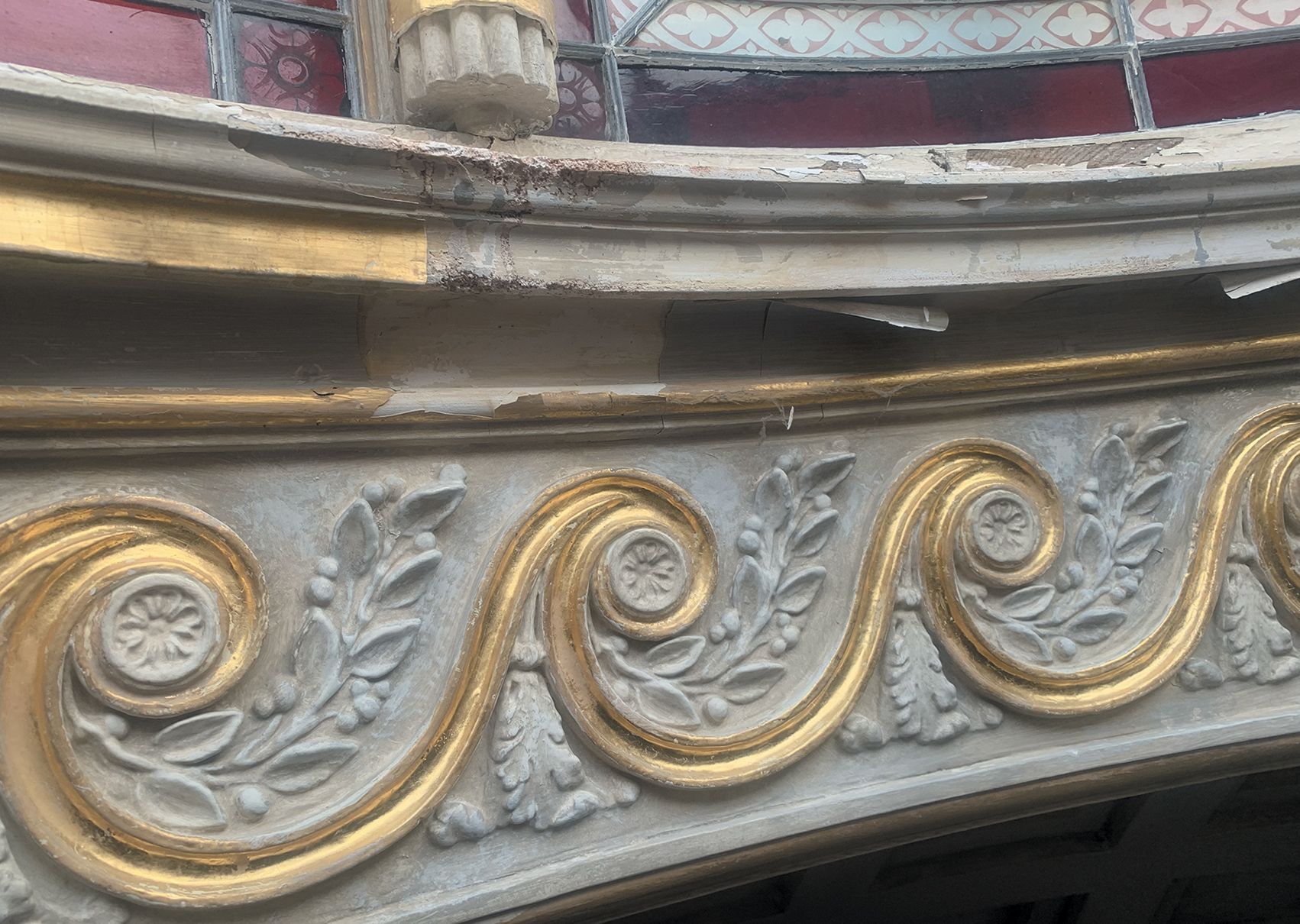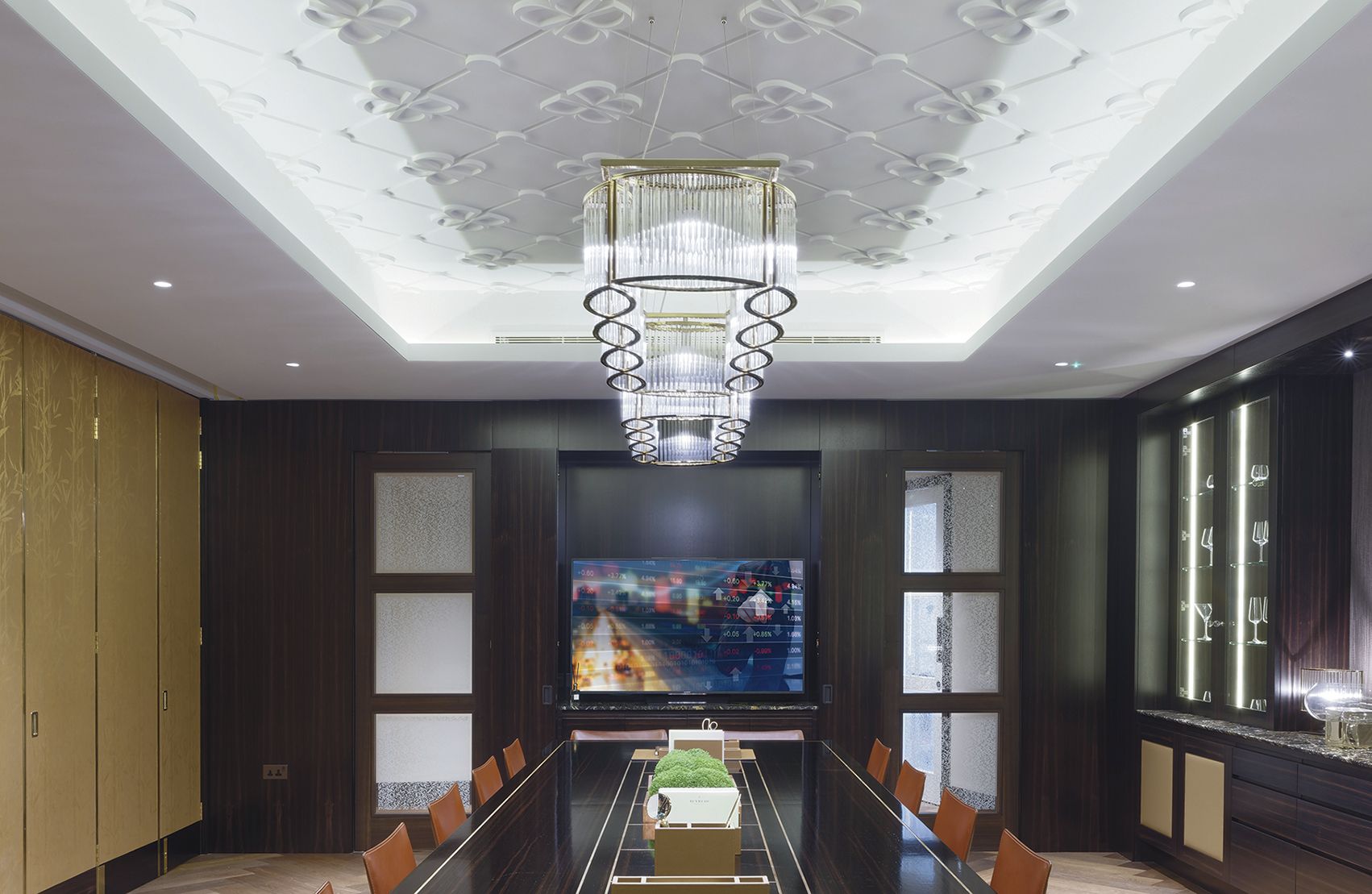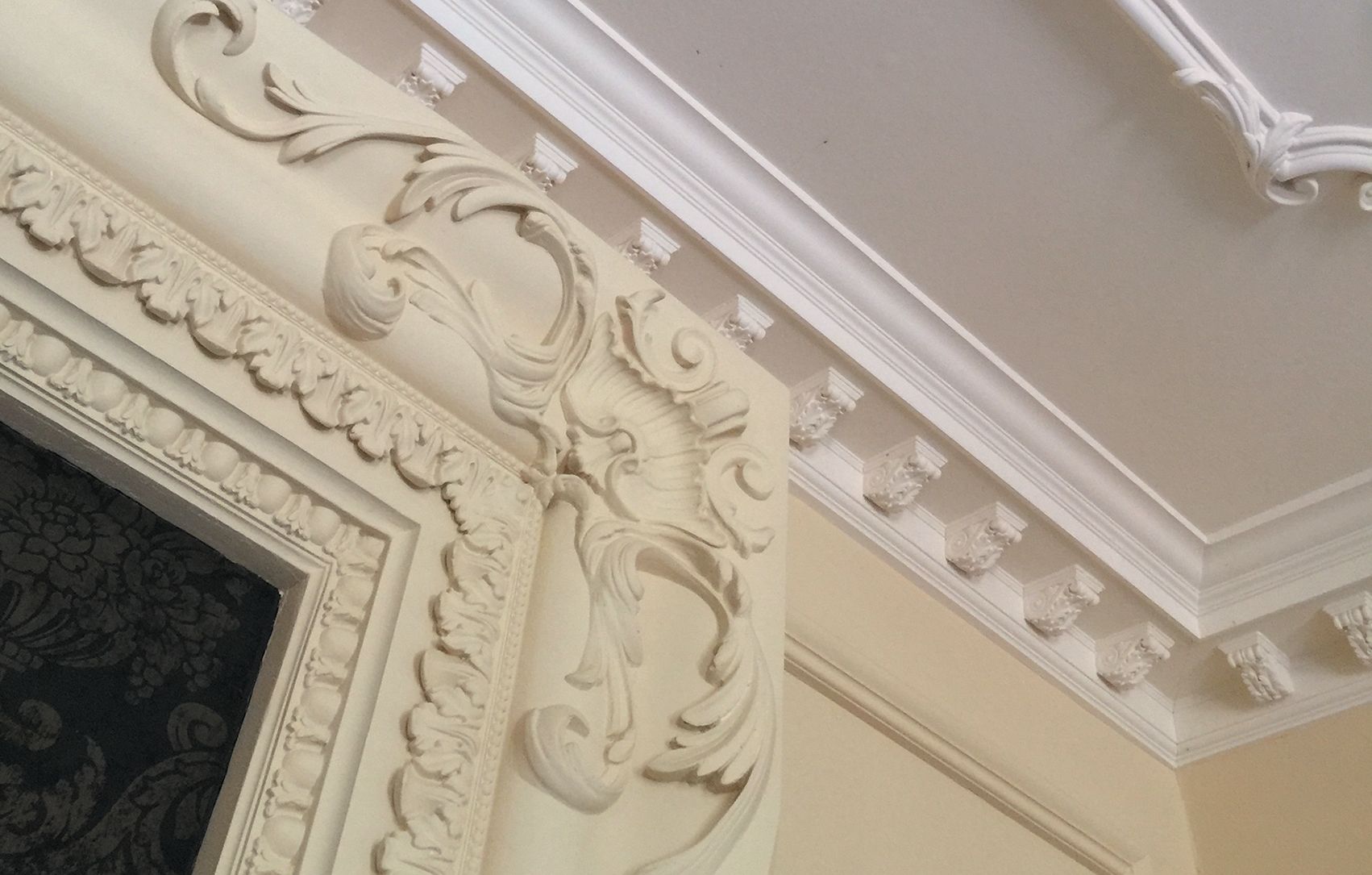What Makes Good Plasterwork Design?
A Consultant’s Perspective
By Ian Waller
Decorative plasterwork should do more than fill a space — it should enhance the architecture, reflect the building’s character, and contribute to its atmosphere. Whether I’m advising on a period restoration or a new build, the principles remain the same: proportion, clarity and purpose.
Good design starts with context. What’s the style of the building? What are the ceiling heights, sight lines, and materials in use? A beautifully designed cornice can feel out of place if it doesn’t suit the room’s scale — just as a ceiling rose might look lost in a minimalist scheme unless it’s thoughtfully integrated.
Historical reference is important, but so is restraint. I often draw from Georgian or Edwardian detailing — not to replicate it blindly, but to adapt its logic to modern requirements. For example, lighting troughs, air conditioning and storage need to be considered from the outset. If they're handled carefully, they can be concealed within the mouldings themselves.
It’s not just about what the plasterwork looks like — it’s about how it’s made. Good design considers the method of manufacture and installation: will it be run in-situ or cast off-site? Is it lime or composite? Does the surface need to be prepared for paint or gilding? These questions shape the outcome.
Ultimately, good plasterwork design should feel inevitable — as if it’s always belonged to the space. My role is to help clients, architects and designers arrive at that point with confidence.
